The Long History of Grill Club
The Official History of
Grill Club NYC
It all began with a sailing trip in the 15th century ...
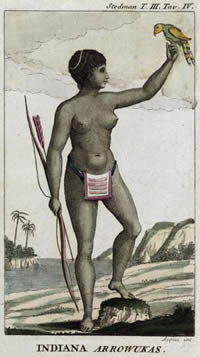
Arawak Indians of Hispaniola were long avid pracitioners of barbacoa, the drying of meats over fires by using a wooden frame, referred to as a boucan.
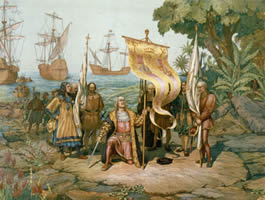
After Columbus claimed the New World for Spain, explorers sailed west to find their fortune. Among them were some who learned of Arawak barbacoa. These were the forerunners of the very first Grillmasters.
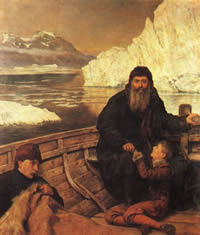
In 1609, the Englishman Henry Hudson (Brother Bever) founded Grill Club NYC when he ordered that "a grayte fyre bee bylte on the bankes of this River that is called Manna-hata in whyche shalle bee smoked numerous Fyshes, Meates and Pompions alongside the skinnes of Bevers and Otters." Hudson was also the central figure in the very first Grill Club controversy, when a debate over Rule III a. in "Ye Grayte Pompion Challenge" led to his being cast adrift in the icy waters of the Hudson Bay, never to be seen again.
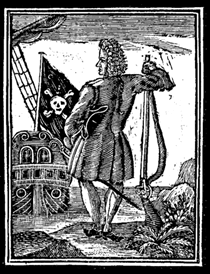
Starting around 1630, French pig and cattle poachers in the Caribbean began adopting a new name, one taken from their part-time jobs smoking meat on boucans during their increasingly infrequent periods ashore: buccaneers. The title was one applied to several prominent Grillmasters of the time, including Brother Toque (pictured above), Brother Rum (who later retired to Jamaica a wealthy man) and Brother Haedus (who is believed to have misplaced several valuable Grill Club awards somewhere on Gardiners Island, Long Island).
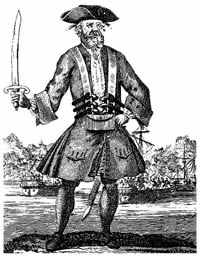
In May 1718, respected citizen and pioneering Grillmaster Edward Teach (Brother Brimstone) scandalized Grill Club when he initiated the Challenge later known as the "Great Charleston Debacle."
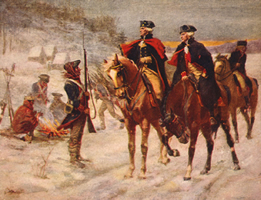
Over the winter of 1777-1778, Grill Club regained popular acclaim when weekly Challenges helped feed the Continental Army and bolster patriots' spirits at Valley Forge, Penna.
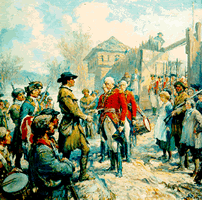
In 1779, Grillmaster George Rogers Clark (Brother Louisville) took Fort Sackville from the British with 172 Grill Club volunteers wielding muskets and shish-kebab skewers.
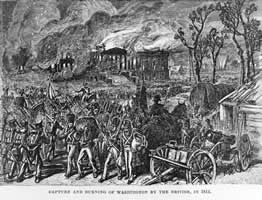
In 1814, British troops demonstrated the worldwide appeal of barbecue in a rousing (and unscheduled) Grill Club Challenge in Washington, D.C. This was to return the favor for American soldiers who held an impromptu Grill Club Challenge the previous year, at the Parliament Buildings in York, Upper Canada (later Toronto).
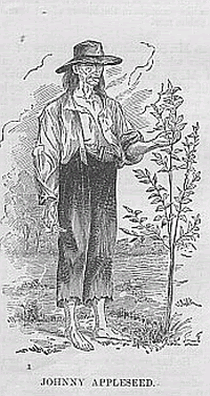
In the early 1800s, Brother Appleseed travelled throughout the country sowing seeds--not for the fruits or cider, as is popularly believed outside of Grill Club, but so that plenty of fruit-tree wood would be available to future Grillmasters for the flavorful smoking of meats.
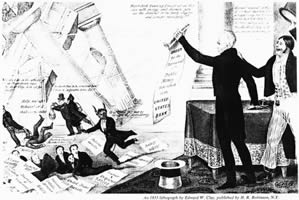
In 1833, Brother Old Hickory embarked on a serious overhaul of Grill Club rules and regulations. Many dissatisfied Grillmasters left Grill Club to found their own groups, but none have survived to this day. (Grill Club does not consider the Baribicoa Brotherhood of the Sacred Fire to be a legitimate grilling/barbecue organization.)
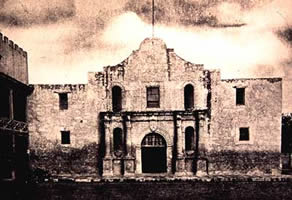
In 1836, beloved Grillmaster Davy Crockett (Brother Pemmican) lost his life to a severe barbecue accident while grilling steaks inside a building in San Antonio, Texas.
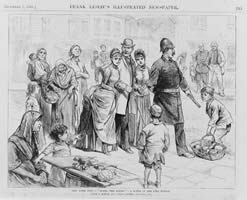
Between the 1820s and 1880s, the colorful neighborhood where Anthony (now Worth), Orange (now Baxter), Cross (now Mosco and Park), Little Water (which no longer exists) and Mulberry streets converged became a hotbed of Grill Club activity, with waves of immigrants lending their grilling traditions to the cultural melange of New York when they weren't killing each other.
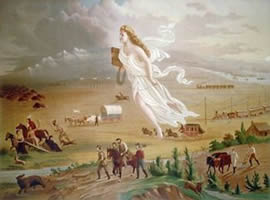
From 1845, the concept of Manifest Destiny inspired Grillmasters to expand to the Pacific Ocean in search of the perfect barbecue.
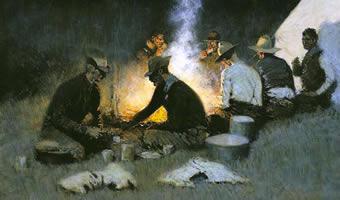
During the westward Grill Club expansion, many of the fundamentals of modern grilling were perfected at makeshift campsites.
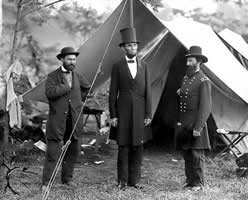
In 1863, Brother Fourscore declared that all Americans have a God-given right to good grilling: "Barbecue of the people, by the people, for the people, shall not perish from this Earth."
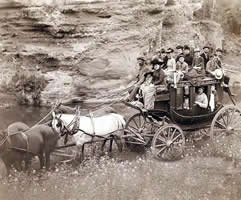
After the War Between the Grill Clubs, Grillmasters from around the newly reforged country searched the continent for great barbecue with renewed vigor.
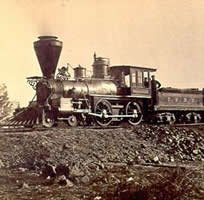
In the latter half of the 19th century, rapid advances in transportation made formerly exotic styles of "Q" more accessible to Grillmasters nearly everywhere.
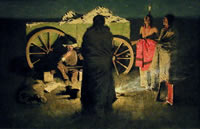
Though relations between Americans and Native Americans were not always friendly, Grillmasters continued to learn much of the ways of barbecue from indigenous cultures.
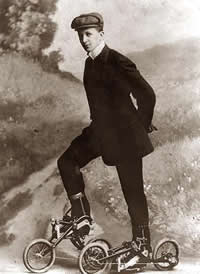
Fin-de-siecle optimism led to sometimes humorous endeavours for Grillmasters, such as this "skate-pedal"-powered charcoal pre-heating device worn by Brother Mallarme.
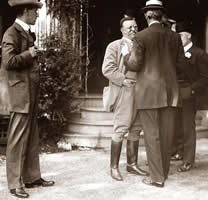
In 1909, Brother Bull-Moose made headlines when he held the largest and most extravagant Grill Club Challenge yet with meat from animals he shot himself in Africa, including an elephant, several lions, hippopotamuses, moles and one small bear cub.
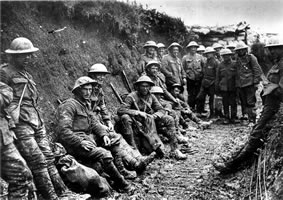
From 1914 to 1918, in what is sometimes described as the longest, biggest, most complicated and most boring Grill Club Challenge ever, participants from 39 countries around the world gathered to compete, mostly in narrow mud trenches in Belgium and France. It was during this Challenge that Serbia formally withdrew from Grill Club.
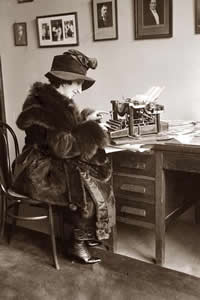
In 1920, women were admitted to Grill Club for the first time, but lingering misogyny among senior members meant that the inductees were promptly put to work typing out place cards for Judges, Moderators and Challengers.
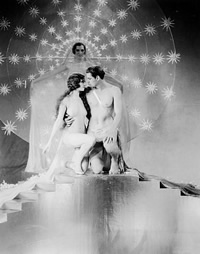
In the 1920s, Grill Club took on a more glamorous, carefree atmosphere as it adopted the persona of the Jazz Age.
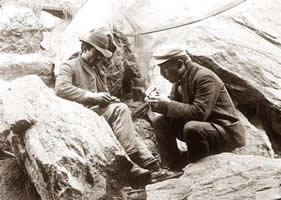
In the 1930s, however, Grill Club became more than a hobby--it became a form of survival.
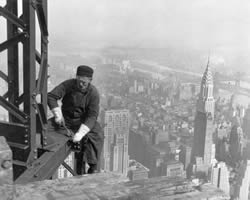
In 1931, Grill Club attempted to boost the nation's spirits by building a beacon of hope on New York City's Fifth Avenue. Unfortunately, membership continued to plummet, and the building was sold to a large consortium of ape trainers.
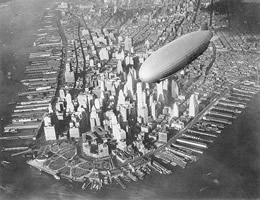
In 1937, in an ill-advised move, Grill Club designated a hydrogen-filled zeppelin as the world's first airborne Grill Club Challenge location.
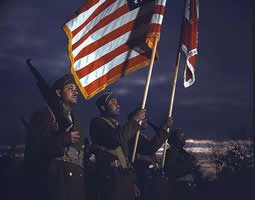
In 1941, Grill Club aided the war effort by creating special Grill Club divisions to bring good old American barbecue to Europe, North Africa and the South Pacific.
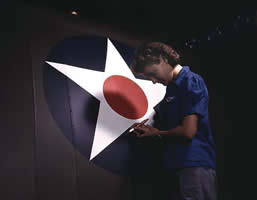
At home during the war, female Grillmasters lent their energy to the national effort by building the world's largest kettle barbecue grill.
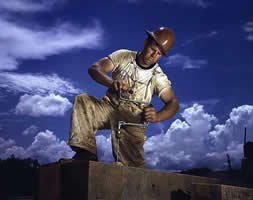
In the 1950s, with war over and the economy booming, barbecue was essential to feeding the national workforce. Grill Club membership skyrocketed as nuclear families across the nation discovered a novelty known as "backyards."
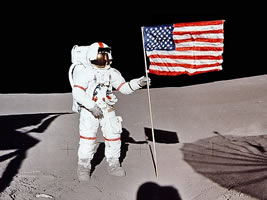
And on July 21, 1969 man fulfilled his age-old dream of eating barbecue on the moon.